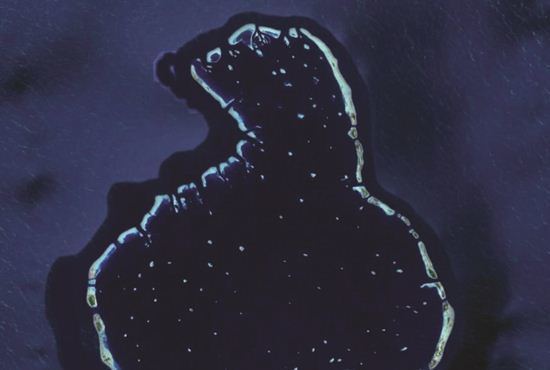 | ||
Huvadhu is sometimes referred to as the largest atoll of the Maldives. The fact is, however, that it is the second largest natural atoll, taking into account that Thiladhunmathi Atoll and Miladhunmadulu Atoll together stand for the largest. Even so, with an area of 3152 km², land area 38.5 km², Huvadhu is 10th largest atoll in the world, larger than Ontong Java Atoll and Lihou Reef in the SW Pacific area. On its reef rim are many inhabited islands.
Contents
- Map of Huvadhu Atholhu Maldives
- Linguistics
- History
- Secession of the Suvadive Islands
- Huvadu Kandu
- References
Map of Huvadhu Atholhu, Maldives
The best quality mats of the Maldives are woven in this atoll, in the island of Gaddū. The local grass 'hau' is dyed in two colors, black and yellow.
Huvadu Atoll has been divided into two districts (administrative atolls) for local administrative purposes since the 1970s. These divisions are Northern Huvadhu Atoll (Gaafu Alifu) in the north, and Southern Huvadhu Atoll (Gaafu Dhaalu).
Linguistics
The inhabitants of this large atoll speak their own distinct form of the Dhivehi language, known as Huvadu Bas. Because of the isolation from the Northern Atolls, and the capital of Malé, the local dialect Huvadhu Bas is significantly different from the other variants of the Maldive language, making much use of the retroflex 'Ţ' and allegedly retaining old forms of Dhivehi. Huvadhu Bas also retains old Sinhala words, is considered to be closer to Sinhala than the other dialects of Dhivehi.
History
The ancient Sanskritised name of this atoll was Suvadiva. Its capital and most important island was Havaru Tinadū. Historically the Huvadu atoll chief had a great measure of self-government. He even had the privilege, not granted to any other atoll chief of the Maldives, to fly his own flag in his vessels and at his residence. The flag of the Huvadu Atoll Chief was similar to the flag of Nepal in cut, with two central black triangles edged by red and white bands.
There are many Buddhist archaeological remains in Huvadū. Therefore, it is likely that this was a very important Atoll in that period of Maldivian History. None of these ancient remains have been properly investigated yet.
Some of the ancient kings of Maldives traced their ancestry to certain families of Devvadu island, located at the centre of this large atoll.
Due to its strategic placement on the main sea route around southern India, Huvadhu and the other southern atolls have a long history of contact from mariners sailing the Indian Ocean through the centuries.
Secession of the Suvadive Islands
In January 1959, the three southern atolls: Huvadhu, Fuvahmulah and Addu, were involved in setting up the breakaway United Suvadive Republic which survived until September 1963. The name of the secessionist state was taken from the ancient name of this atoll. In some islands, like Gaddhoo, there was opposition to the secession, and by means of threats and arson, the groups of people opposing the Suvadive state were forced to agree. The capital of Havaru Thinadhoo was burnt down by soldiers sent by then Prime Minister Ibrahim Nasir from Malé during the secession in 1962, after which it was left uninhabited for four whole years and the atoll served its capital at Gaddhoo more than ten(10)years.
Huvadu Kandu
The name of the broad channel north of this atoll is locally known as Huvadu Kandu. It appeared on the old French maps as Courant de Souadou. Other names are Suvadiva Channel or One-a-half Degree Channel. It is named after Huvadu Atoll and it is one of the broadest channels between the atolls of Maldives.
